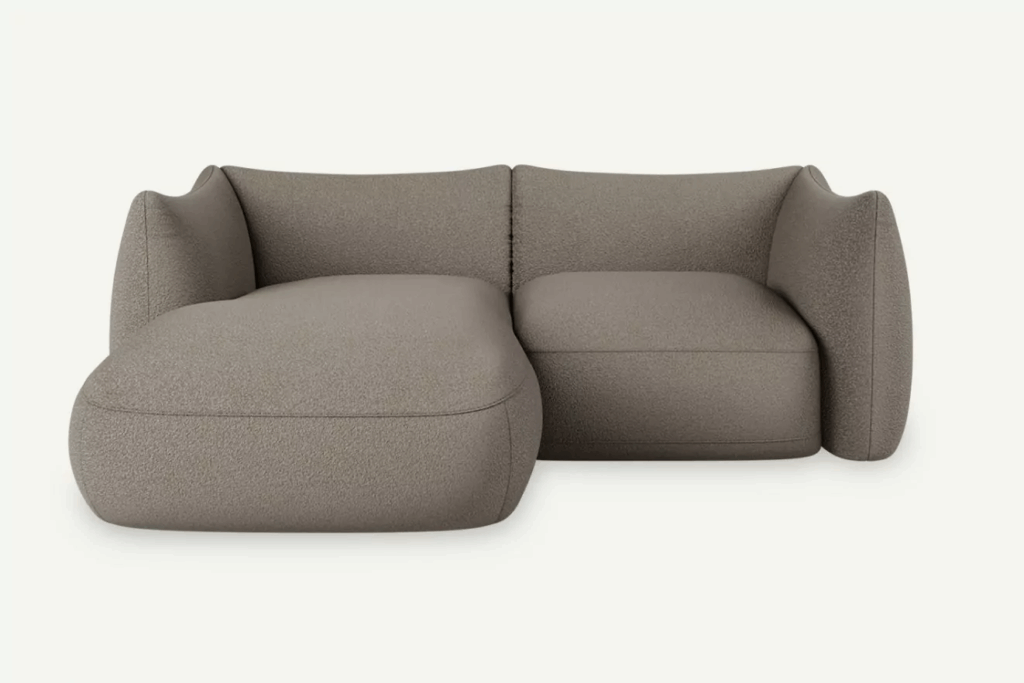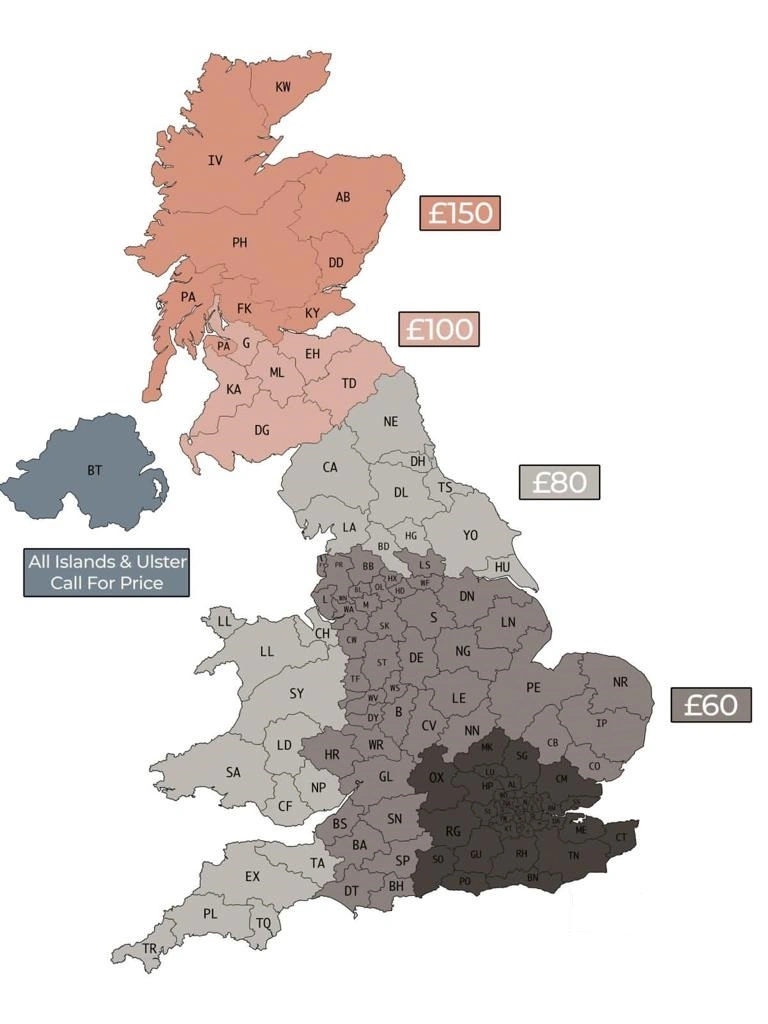Posted on May 20, 2025
Choosing the right: metal vs wood furniture legs
Which type of furniture legs suits your style and lifestyle?
When customising or buying furniture, we often focus on colour, fabric, or dimensions—but furniture legs play a vital role in both appearance and functionality. The decision between metal vs wood furniture legs can influence the style, durability, and maintenance of your pieces. From classic timber charm to modern metallic finishes, understanding the difference between these materials helps you make an informed choice that complements your interior and daily needs.

Understanding the pros and cons of metal vs wood furniture legs
Each leg material brings unique advantages. Wood is a timeless option, offering warmth, character, and a traditional feel. It pairs well with rustic, Scandinavian, or vintage interiors. On the other hand, metal legs provide a sleek, contemporary look and often support more weight without bending or warping. While wood may be more susceptible to scratching and moisture, metal can feel cold or industrial in softer interior schemes. Choosing furniture leg materials often comes down to your style preferences and how much wear and tear the furniture will experience.
Aesthetic impact and furniture leg styles in the UK
The UK market has seen a growing demand for distinct furniture leg styles, from angled mid-century legs to bold industrial frames. Tapered wooden legs are commonly used on sofas and armchairs to evoke a retro or minimalist aesthetic. In contrast, powder-coated black or brass-finished metal legs are popular in modern or loft-inspired homes. Whether you’re buying a new sofa, sofa bed, or corner sofa, the style of the legs can elevate the entire piece—turning a simple design into a focal point.
Durability, maintenance, and furniture use – metal vs wood furniture legs
When it comes to durability and maintenance, metal generally wins for its resistance to dents, pests, and moisture. It’s ideal for high-traffic homes or rental properties where longevity is key. Wooden legs may require more care but can be easily sanded and refinished if scratched. For households with pets, metal legs are less likely to be chewed or damaged. Think practically: in humid areas or homes prone to spills, metal might be the smarter choice, while wood remains a winner for those seeking classic elegance and reparability.
This article explores the difference between metal vs wood furniture legs, offering guidance on choosing furniture leg materials, an overview of furniture leg styles UK, and detailed pros and cons of metal and wood legs. It also includes expert furniture customization tips for UK homes.
Explore our full selection of sofas, sofa beds, and corner sofas—many available with customisable legs to suit your space.

